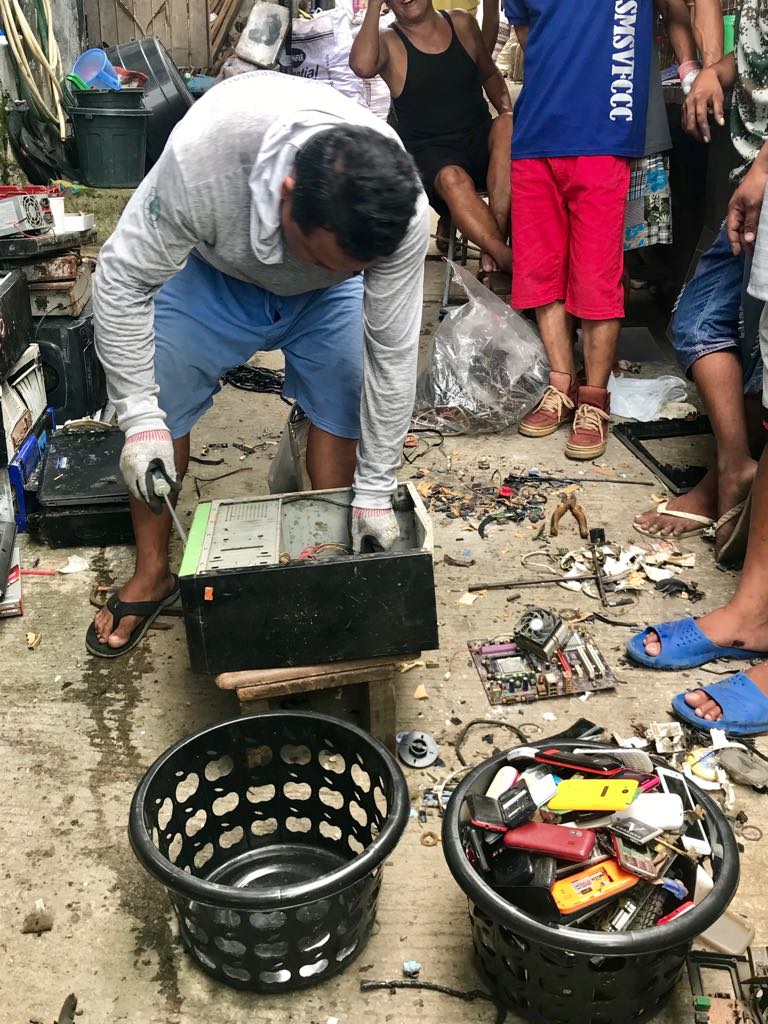According to the UN Environment Program, every year, an estimated 11.2 billion tons of solid waste are collected worldwide. The amount of waste doubles during holidays, long weekends and special occasions, such as Valentine’s day. So why not try these gift ideas for a zero-waste valentine?
Potted plants. Instead of giving flowers, consider giving plants. A potted plant lasts longer than a bouquet of flowers. Living plants help the environment since they release oxygen, absorb carbon dioxide, serves as habitat and food for wildlife, and help regulate the water cycle.
DIY gifts. Making gifts may consume a lot of time, but this allows you to get creative, resulting in more personalized items. Consider the hobbies and preferences of the receiver. Whether it’s a crocheted decor, a painted portrait, a hand-written letter, or home-baked cookies, your giftees will appreciate the effort you’ve poured into your gifts.
The gift of experience. To avoid unnecessary waste that usually starts with unnecessary shopping, hop on to the “gift of experience” trend. Go and take your date to a movie, play or an amusement park. Or better yet, shower your special someone with acts of services, such as cooking meals, cleaning the house, or giving a massage. After all, experiences tend to be remembered more than material things.
Go for locally-grown items. Support local crafters and workers by purchasing items sourced and made locally. This helps in cutting down fuel consumption and air pollution created by items delivered through overseas planes and long-truck trips. Also, skip the plastic wrap!
Remember, it is not necessary to spend huge amounts of money to celebrate Valentine’s Day. Show the environment some love, too!
Convenience, mobility and connectivity are the reasons why people are enamored with smartphones these days. In fact, according to Statista, an international market research company, 30.4 million Filipinos owned a smartphone in 2017.

But with the benefits of modernization comes a grave hazard. With the lifespan of technology getting shorter and shorter, our gadgets, including smartphones, become easily outdated. This results in e-waste, which is now a serious environmental problem.
Most e-waste contains heavy metals such as lead, mercury, and cadmium. Ingestion or inhalation of these chemicals can cause diseases in the heart, liver, and kidneys, as well as brain damage, infertility, and birth defects. Improper disposal of e-waste also causes soil seepage, contaminating surface and groundwater. These, in turn, may be ingested by animals eventually consumed by humans.

There are government-accredited companies which collect and properly dispose of e-waste. These facilities follow protocols to ensure that the waste does not pose health risks. However, the number of accredited facilities cannot keep up with the amount of e-waste we produce. Statista estimates that 49.8 million metric tons of e-waste will be produced globally this year (2018).
The environmental group EcoWaste Coalition offers some tips to lessen our electronic waste:
- Prolong the life of your electronic gadgets. Don’t replace your gadgets or appliances just because there are new models in the market.
- Have your broken electronics repaired. Aside from helping save the environment, this saves you money as well.
- Donate old or unused electronic equipment. Give your gadgets new life by giving them away to those who need them.
- Dispose of e-waste properly. Do not burn, bury, or dispose your e-waste in bodies of water. The EcoWaste Coalition is also pushing for extended producers responsibility (EPR). This policy is being practiced in developed countries wherein the responsibility of proper e-waste disposal is given to the company that produced it.
Technological advancements can either help or harm us. Let us choose to make use of, and dispose of, our gadgets properly.
